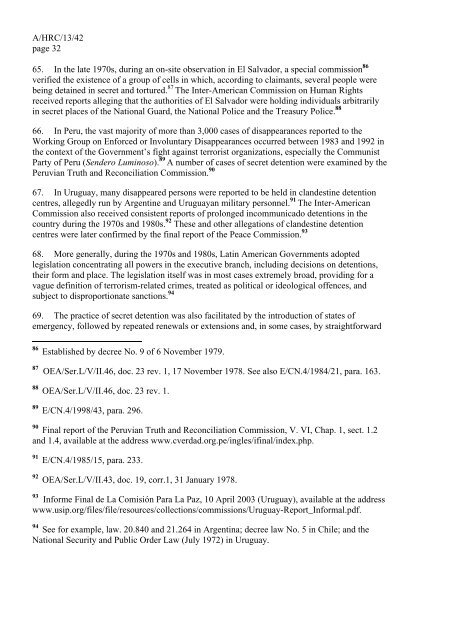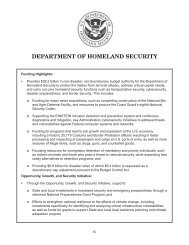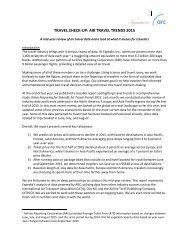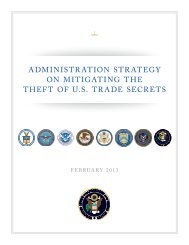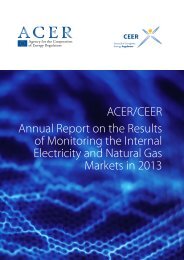A-HRC-13-42
You also want an ePaper? Increase the reach of your titles
YUMPU automatically turns print PDFs into web optimized ePapers that Google loves.
A/<strong>HRC</strong>/<strong>13</strong>/<strong>42</strong><br />
page 32<br />
65. In the late 1970s, during an on-site observation in El Salvador, a special commission 86<br />
verified the existence of a group of cells in which, according to claimants, several people were<br />
being detained in secret and tortured. 87 The Inter-American Commission on Human Rights<br />
received reports alleging that the authorities of El Salvador were holding individuals arbitrarily<br />
in secret places of the National Guard, the National Police and the Treasury Police. 88<br />
66. In Peru, the vast majority of more than 3,000 cases of disappearances reported to the<br />
Working Group on Enforced or Involuntary Disappearances occurred between 1983 and 1992 in<br />
the context of the Government’s fight against terrorist organizations, especially the Communist<br />
Party of Peru (Sendero Luminoso). 89 A number of cases of secret detention were examined by the<br />
Peruvian Truth and Reconciliation Commission. 90<br />
67. In Uruguay, many disappeared persons were reported to be held in clandestine detention<br />
centres, allegedly run by Argentine and Uruguayan military personnel. 91 The Inter-American<br />
Commission also received consistent reports of prolonged incommunicado detentions in the<br />
country during the 1970s and 1980s. 92 These and other allegations of clandestine detention<br />
centres were later confirmed by the final report of the Peace Commission. 93<br />
68. More generally, during the 1970s and 1980s, Latin American Governments adopted<br />
legislation concentrating all powers in the executive branch, including decisions on detentions,<br />
their form and place. The legislation itself was in most cases extremely broad, providing for a<br />
vague definition of terrorism-related crimes, treated as political or ideological offences, and<br />
subject to disproportionate sanctions. 94<br />
69. The practice of secret detention was also facilitated by the introduction of states of<br />
emergency, followed by repeated renewals or extensions and, in some cases, by straightforward<br />
86<br />
Established by decree No. 9 of 6 November 1979.<br />
87 OEA/Ser.L/V/II.46, doc. 23 rev. 1, 17 November 1978. See also E/CN.4/1984/21, para. 163.<br />
88<br />
OEA/Ser.L/V/II.46, doc. 23 rev. 1.<br />
89<br />
E/CN.4/1998/43, para. 296.<br />
90<br />
Final report of the Peruvian Truth and Reconciliation Commission, V. VI, Chap. 1, sect. 1.2<br />
and 1.4, available at the address www.cverdad.org.pe/ingles/ifinal/index.php.<br />
91<br />
E/CN.4/1985/15, para. 233.<br />
92<br />
OEA/Ser.L/V/II.43, doc. 19, corr.1, 31 January 1978.<br />
93 Informe Final de La Comisión Para La Paz, 10 April 2003 (Uruguay), available at the address<br />
www.usip.org/files/file/resources/collections/commissions/Uruguay-Report_Informal.pdf.<br />
94<br />
See for example, law. 20.840 and 21.264 in Argentina; decree law No. 5 in Chile; and the<br />
National Security and Public Order Law (July 1972) in Uruguay.


